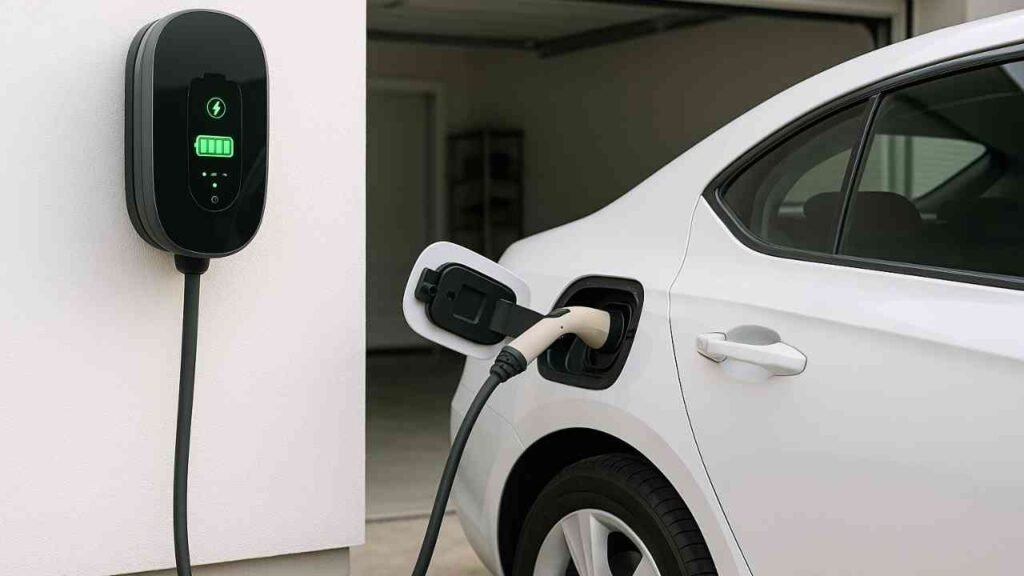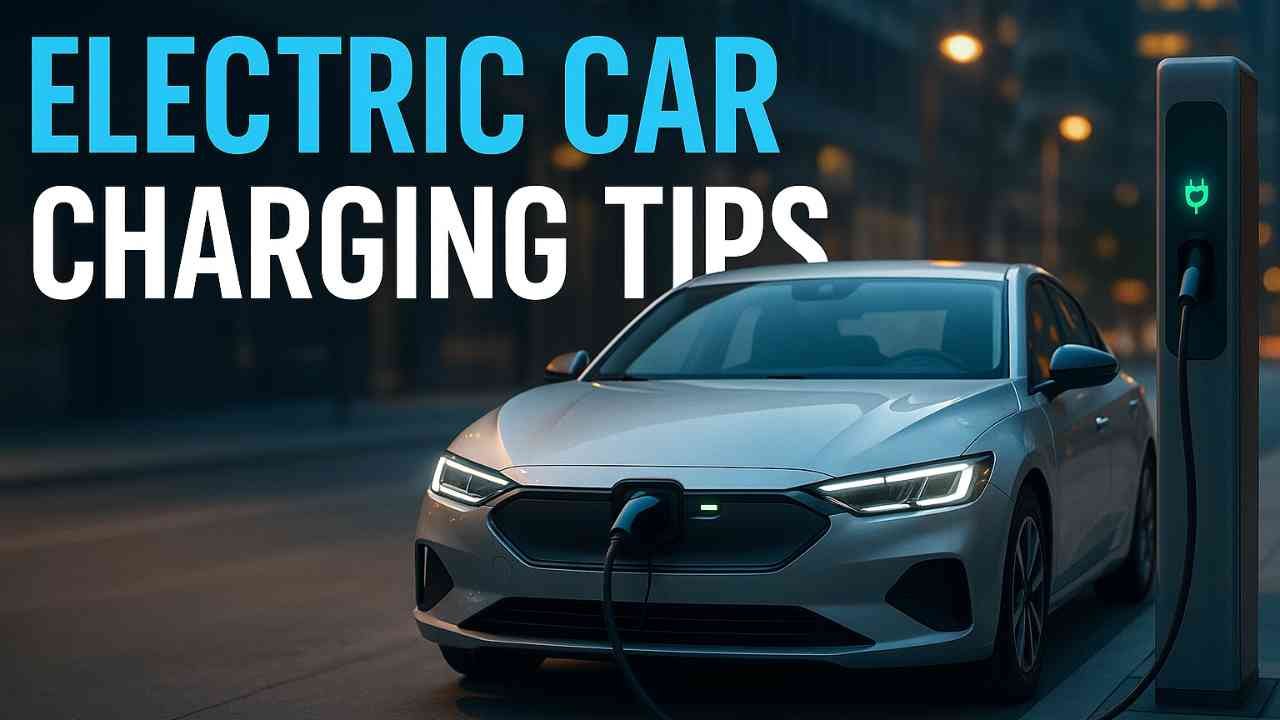Introduction
Electric vehicles (EVs) have taken the automotive world by storm, offering a cleaner, more sustainable alternative to traditional gas-powered cars. However, to ensure they run efficiently and last long, proper charging habits are essential. In this guide, we will explore practical electric car charging tip that will help you optimize the charging process, maintain your EV’s battery health, and save money.
Understand Your EV’s Charging Needs

Different Charging Levels:
Electric cars have different charging levels based on speed and location. It’s crucial to understand these levels to optimize your charging habits.
- Level 1 Charging: This is the slowest form of charging, typically done at home using a standard 120-volt outlet. It’s ideal for overnight charging if you drive fewer miles each day. However, it can take up to 12 hours to fully charge an EV.
- Level 2 Charging: A faster option, Level 2 charging uses a 240-volt outlet and is commonly found in public charging stations and home installations. It can charge your car in 4-8 hours, depending on the battery size.
- DC Fast Charging: This is the fastest way to charge your EV, available at select public charging stations. It can charge most EVs to 80% in 30 minutes, making it great for long trips.
Optimal Charging Time:
Charging frequency and timing play a big role in maintaining your EV’s battery life. Most manufacturers recommend keeping your battery between 20% and 80% charge. Regularly charging to 100% is not necessary unless you’re going on a long trip.
Use the Right Charging Equipment
Home Charging Stations:
Installing a Level 2 home charging station is a great investment for regular EV owners. It provides faster charging compared to a standard wall outlet and offers the convenience of charging overnight at home. Most home chargers are affordable, efficient, and easy to install, helping you avoid the hassle of public charging stations.
Public Charging Options:
While home charging is convenient, sometimes you need to charge on the go. Look for public charging stations, which can be found using apps like PlugShare or ChargePoint. Many stations offer free or low-cost charging, and using these stations during off-peak hours can save you money.
Keep Your EV Battery Healthy
Avoid Overcharging:
Overcharging your EV can damage the battery in the long run. Although most modern EVs have built-in features that prevent overcharging, it’s still a good habit to unplug once it reaches an 80-90% charge. Keeping the charge within this range helps extend the battery’s lifespan.
Battery Temperature Management:
Temperature plays a major role in the charging process. Charging in extreme cold or hot conditions can cause slower charging times or even damage the battery. Many EVs come with built-in thermal management systems, but it’s still important to charge in mild weather conditions whenever possible.
Best Practices for Charging in Different Weather Conditions
Winter Charging Tips:
Cold weather can significantly impact an EV’s battery performance, causing slower charging times and reducing range. To avoid this, park your car in a garage to protect it from the cold, and preheat your car before driving. Additionally, make sure your battery is above 20% before charging, as extremely low temperatures can decrease charging efficiency.
Summer Charging Tips:
Hot temperatures can also affect your EV’s charging rate. To prevent your battery from overheating, try to park your car in the shade or indoors. Avoid charging your car during the hottest part of the day. Some EVs have built-in cooling systems, but extra care in the heat can help keep your vehicle at its best.
Energy Efficiency Tips for Faster Charging
Charge During Off-Peak Hours:
Charging your EV during off-peak hours (typically at night) not only helps reduce the strain on the grid but can also save you money. Many electricity providers offer lower rates during off-peak hours, so you can take advantage of these discounts. You can schedule your EV to charge automatically at these times through your charging app.
Maintain Proper Battery Health:
To ensure your EV charges faster and lasts longer, make sure to maintain the battery health. Regular software updates, avoiding full discharges, and using the right charger for your car are crucial. Keeping your battery in good condition ensures that the charging process remains quick and efficient.
Understanding Charging Costs and Saving Money
Energy Rates:
Electricity rates vary depending on your location, and charging during peak hours can increase costs. By choosing a plan with lower off-peak rates or using solar panels for home charging, you can save significantly on your EV charging bills. Monitor your charging costs regularly to understand your energy consumption patterns and adjust accordingly.
Incentives and Discounts:
Many governments offer tax incentives or rebates for electric vehicle owners, including discounts on charging equipment and installation. Be sure to check for local, state, or federal rebates that could help reduce your initial investment.
Conclusion
Charging your electric car properly is key to maintaining its health, optimizing performance, and saving money. By following these electric car charging tips, you can ensure your EV lasts longer, runs more efficiently, and stays ready for any trip. Whether you’re charging at home or on the go, these practices will help you make the most out of your electric vehicle.
